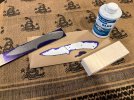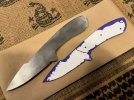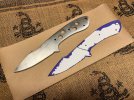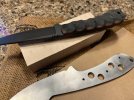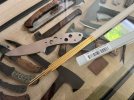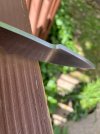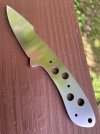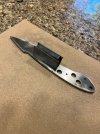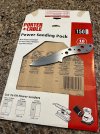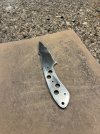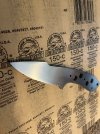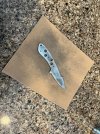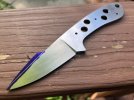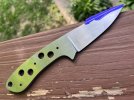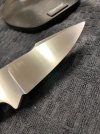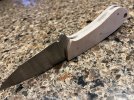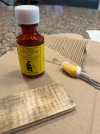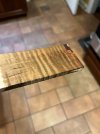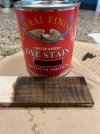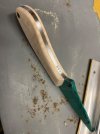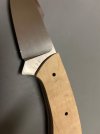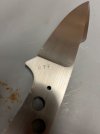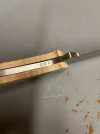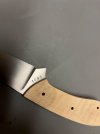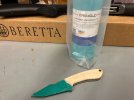Fixedwing
Gold Member
- Joined
- Feb 17, 2024
- Messages
- 314
I am new to knife making but have a ton of experience working and fabricating with several different materials. I will be crafting some Winkler inspired knives and would like to finish them as such. I have searched this site and other sites for this information.
Is the caswell finish applied near the end of the process? I would like the spine between the scales to have the same finish as the blade so I'm assuming it will be done after the scales have been shaped/sanded. Do the scales need to be protected from the metal finishing solution (caswell) or does the entire knife get dunked into the solution?
Is the caswell finish applied near the end of the process? I would like the spine between the scales to have the same finish as the blade so I'm assuming it will be done after the scales have been shaped/sanded. Do the scales need to be protected from the metal finishing solution (caswell) or does the entire knife get dunked into the solution?



